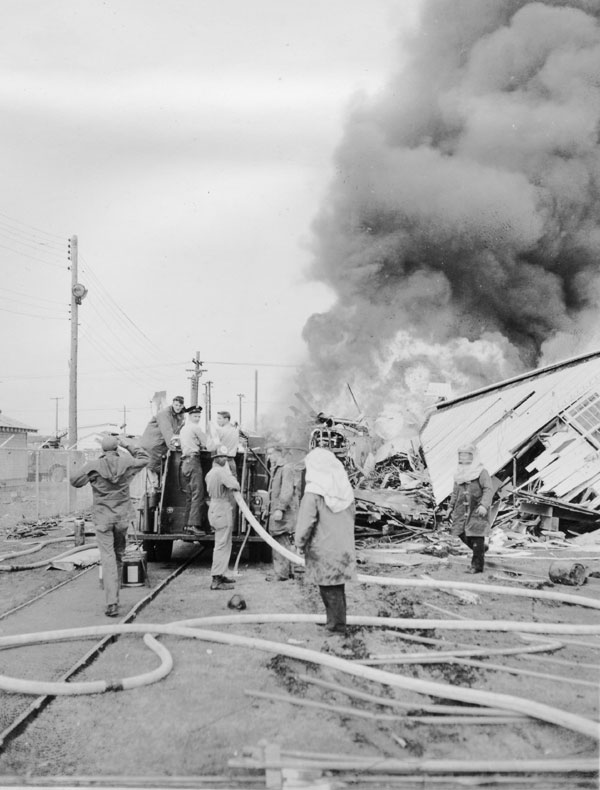Crash of a Convair B-36B-20-CF Peacemaker in Fairchild AFB
Date & Time:
Registration:
44-92080
Survivors:
Yes
Schedule:
Fairchild - Fairchild
MSN:
77
YOM:
1946
Crew on board:
0
Crew fatalities:
Pax on board:
0
Pax fatalities:
Other fatalities:
Total fatalities:
0
Circumstances:
On final approach to Fairchild AFB, the six engine aircraft crashed short of runway and came to rest in flames against a snow bank. All crew members were evacuated safely while the aircraft was destroyed by fire.





